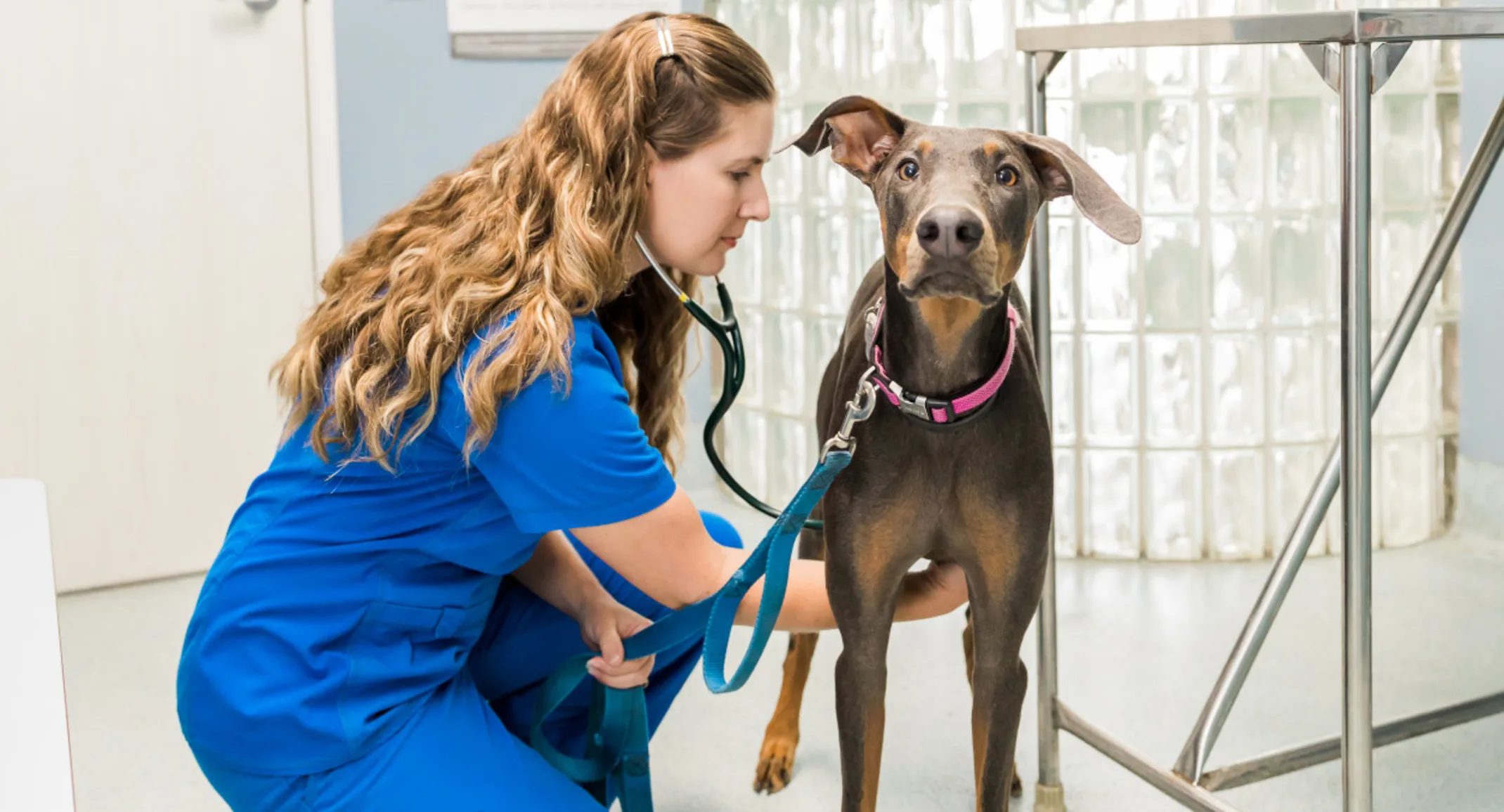The Best Ways to Keep Your Pet Healthy
Pet Lifestyle

Your pet relies on you to maintain their health, and many options are available to ensure they live a long, happy, and healthy life. Follow these tips to keep your pet’s health optimal, so you can enjoy many years of love and companionship together.
#1: Vaccinate your pet against disease
Vaccinating your pet is an easy way to protect them from dangerous diseases. Puppies and kittens should start vaccinations between 6 and 8 weeks of age and should receive booster vaccinations every three to four weeks until they are around 16 weeks of age. Adult dogs and cats typically need annual vaccines throughout their life to remain protected from infectious diseases:
Canine vaccines — Before you introduce your puppy to other dogs, ensure your veterinarian has begun administering their vaccine series. In addition, prevent your puppy from interacting with unvaccinated puppies and adult dogs. Dogs’ core vaccines include:
Rabies
Canine parvovirus
Canine distemper
Infectious canine hepatitis (ICH)
Canine parainfluenza
Feline vaccines — All mammals are at risk for contracting rabies, including you and your cat. To protect everyone in the family from this life-threatening disease, ensure your new kitten receives their rabies vaccine as early as your veterinarian recommends. Cats’ core vaccines include:
Rabies
Feline panleukopenia
Feline calicivirus
Feline herpesvirus
Elective vaccines are available to cats and dogs, and your veterinarian will recommend specific non-core vaccines, depending on your pet’s lifestyle and where you live.
#2: Pet-proof your home
A curious pet can easily get in trouble, and you are responsible for keeping dangerous household items secure and out of their reach. When pet-proofing your home, consider your pet’s vantage point, and check for potential hazards in each room. Ensure you do the following:
Store medications in locked cabinets or on high, secure shelves
Keep food off counters, and store opened food packages in tightly closed containers
Secure cleaning products in closets or on high shelves
Install child-proof latches on all cabinets
Dispose of trash in secure containers that your pet cannot open
Install pet gates to prevent access to areas in your home that are unsafe for your pet
Ensure your houseplants are pet-safe
#3: Keep your cat indoors
Indoor cats live longer, healthier lives, because they are not exposed to the various outdoor dangers. Cats who roam outside face many of the following risks:
Getting hit by a car
Getting lost
Being attacked by other pets and predators
Ingesting poison
Picking up parasites such as fleas and ticks
Catching diseases spread from other cats or wildlife
Keep your cat safe, healthy, and happy by committing to raising them indoors. As long as their environment supports their instinctual needs and keeps them engaged, your indoor cat can be completely content. You have many options to offer your cat the best of both environments. For example, a catio (i.e., cat patio) is an enclosed outdoor area where your cat can enjoy the fresh air while secured. In addition, some cats tolerate a harness and leash, and with time and patience, can be trained to go for walks. #3: Keep your pet secure Keep your pet leashed when they are not in a secure area such as a fenced yard. Many states require pets to be leashed in public, and failure to do so can result in a ticket and monetary fine.
You should also secure your pet while riding in a vehicle. When not properly secured in a moving vehicle, a pet can distract the driver. In addition, if an accident occurs, your unsecured pet may themselves be hurt and may injure you or your passengers by being thrown against them. Keep your pet secure and safe in a moving vehicle by restraining them with the following:
Crate — A crate in a vehicle’s backseat is the safest place for cats and dogs. Secure the crate by strapping in the carrier with the seat belt or bungee cords.
Harness — Another safe option for securing your dog in a moving vehicle is to use a safety harness that clips or straps to the seat belt.
#4: Schedule regular wellness exams for your pet
Prevention is key to your pet’s health. If your adult pet is healthy, your veterinarian should examine them a minimum of once per year. Regular wellness exams allow your veterinarian to check your pet for early disease signs while monitoring their overall health. In addition, your veterinarian can more easily manage most adverse health conditions that are diagnosed in their early stages—before they become advanced. Remember, early disease detection typically provides your pet a better prognosis.
#5: Protect your pet from parasites
Pesky parasites, such as fleas, ticks, and mosquitoes, can cause your pet health issues ranging from minor irritation to serious conditions, which if untreated, can be fatal. Many parasites also pose a threat to humans, causing zoonotic diseases—those which can be transferred from pets to people. Regular monthly prescription parasite control can protect your pet from infection and associated diseases.
#6: Spay or neuter your pet
You should ensure your pet is spayed or neutered. This simple procedure reduces pet overpopulation and provides your pet medical and behavioral benefits:
Spaying — Spaying helps prevent your female pet from developing uterine infections and mammary tumors, and they do not go through heat.
Neutering — Neutering your male pet prevents testicular cancer and some prostate problems, and they are less likely to roam.
#7: Keep your pet at a healthy weight
Pet obesity is a significant problem, affecting the majority of U.S. cats and dogs. Obese pets have an increased disease risk, especially for diabetes and arthritis. Ensuring that your pet maintains a healthy weight helps them live a long and healthy life. Help your pet maintain or reduce their weight by doing the following:
Managing food portions — Serve your pet no more food than the recommended portion size presented on the food label, or ask your veterinarian to suggest an appropriate amount to serve at each of their meals.
Withholding people food — Sharing table scraps with your pet can quickly add to their weight. In addition, many human foods—such as chocolate, grapes, raisins, garlic, and macadamia nuts—can be toxic to pets.
Exercising — Exercise is essential to your pet’s physical health and mental stimulation. Pets’ exercise can take many different forms, and you should introduce your pet to several to determine which activities they prefer.
Pets give us unconditional love and companionship, and we can give back to them by ensuring they receive lifelong health care. Use this locator to find a veterinarian near you, and give your pet the gift of good health.
